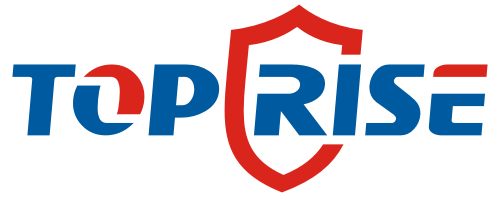Regarding the fabric of hi-vis safet vests, do you know how to choose? When selecting the fabric of the hi-vis safety vests, you need to consider the functional, comfort, durability, and other factors of the fabric because the reflective vest is usually used in outdoor or high-risk work environments, such as construction sites, road maintenance, emergency rescue, and so on. There are many types of commonly used reflective vest fabrics, and each fabric has different characteristics and application scenarios.
Common types of hi-vis safety vests fabrics:
1. Polyester
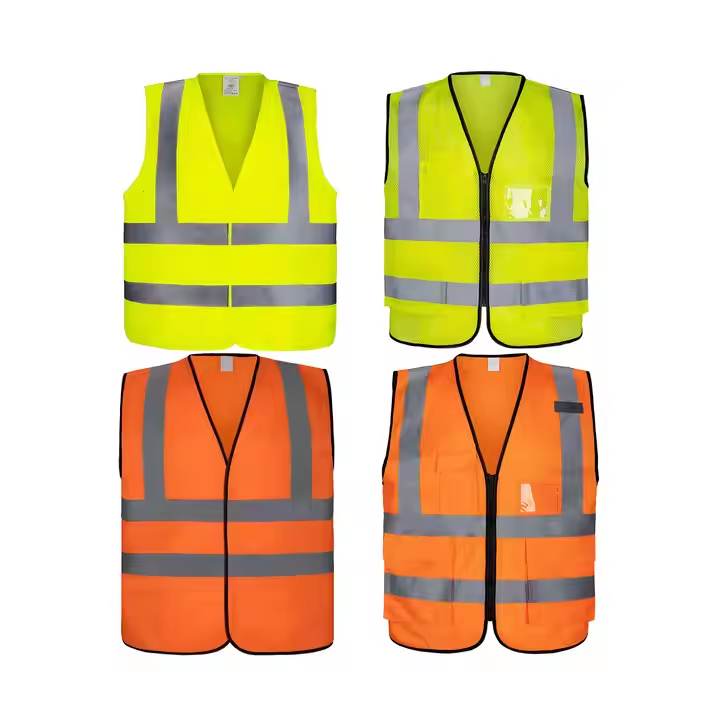
Features: Polyester is a very common reflective vest fabric because it is durable, lightweight, wrinkle-resistant, non-shrinkable, and inexpensive. It can withstand the sun and frequent cleaning, making it suitable for long-term outdoor workers.
Application: Suitable for construction workers, road workers, logistics and transportation, and other outdoor environments with more harsh jobs.
Advantages: low water absorption; dry fast; keep the colors bright; good wear resistance.
Disadvantages: poor air permeability; long-time wearing may feel hot.
2. Mesh
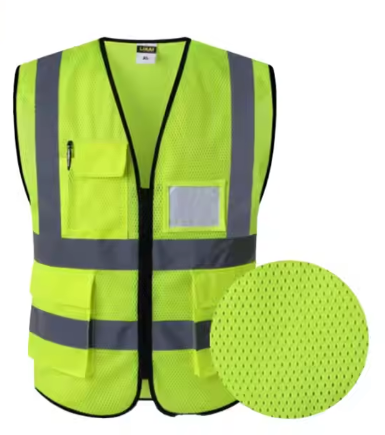
Features: Mesh cloth is an extremely breathable fabric, often used for reflective vests in hot environments. It has the advantage of being lightweight and breathable, which is suitable for keeping cool when worn for a long time.
Application: Especially suitable for high temperatures and outdoor work, such as road construction, truck drivers, etc.
Advantages: good air permeability, comfortable to wear, light weight.
Disadvantages: Due to the mesh structure, it is relatively less durable than polyester fiber and has poor wind resistance.
3. Cotton Blend
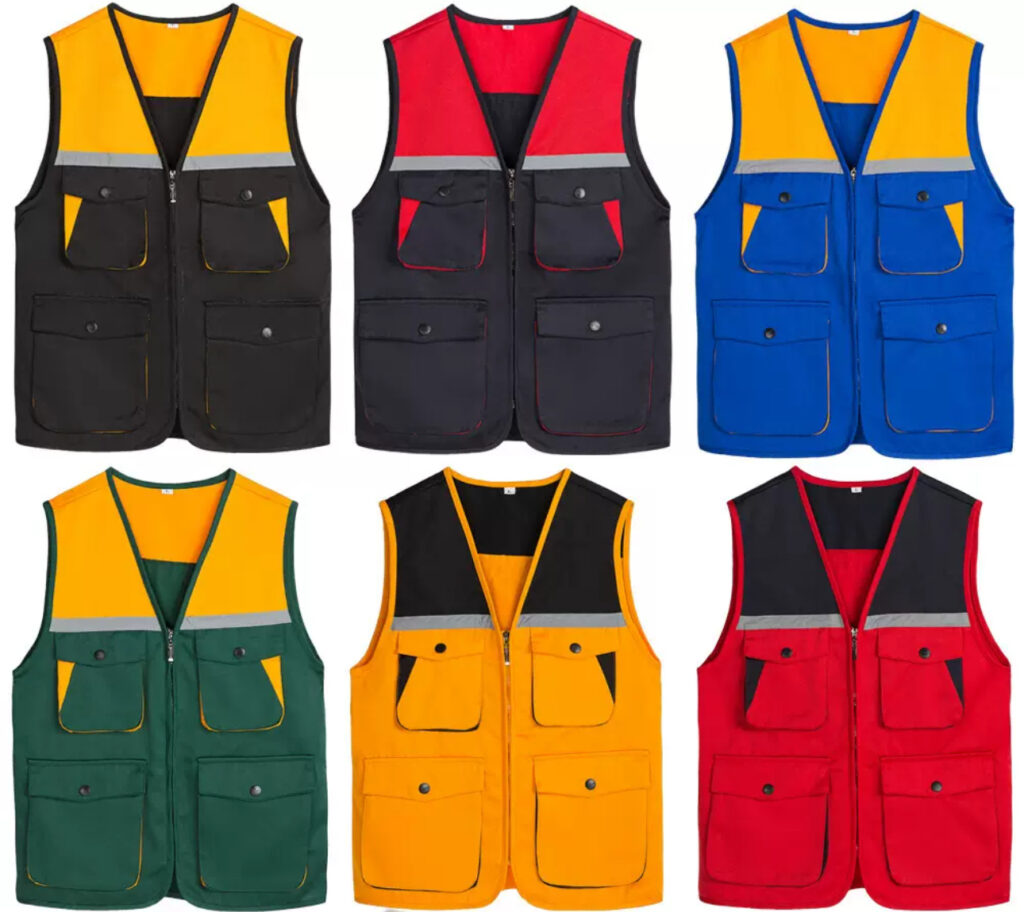
Features: cotton-synthetic blends are less common in reflective vests but are used in situations where comfort is needed. Cotton is good at absorbing sweat, but if it is wet, it dries slowly. Synthetic fibers provide some durability.
Application: Mostly used in indoor or occasionally outdoor environments, such as warehouses, airport ground handling, etc.
Advantages: comfortable, soft, and breathable.
– Disadvantages: not as durable as synthetic fiber fabric, and strong water absorption; dry slowly after wet.
4. Flame-Resistant Fabric
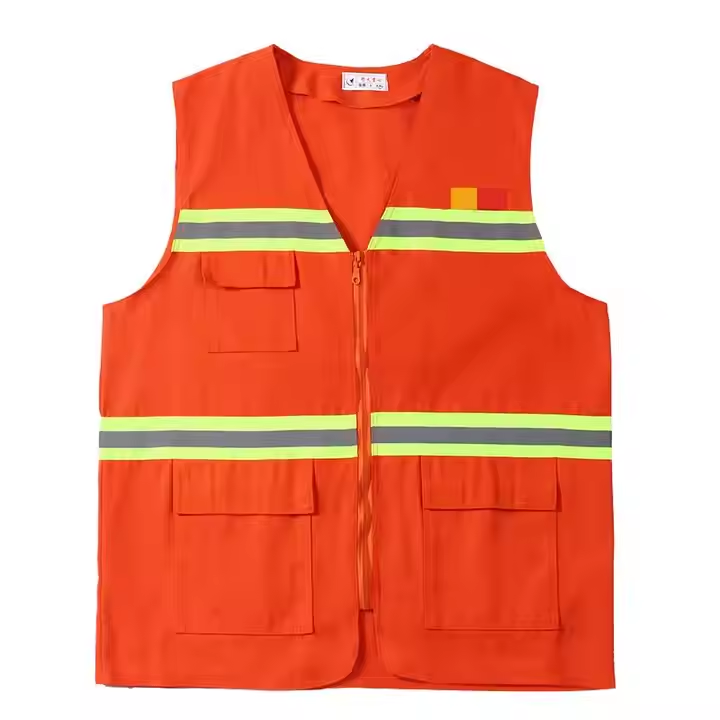
Features: This fabric has a flame retardant function, which can prevent combustion and diffusion in the encounter of flame, making it suitable for workers in high-risk environments.
Application: Commonly used in firefighters, oil refinery workers, electrical maintenance personnel, and other positions that need to work in flammable or high-temperature environments.
Advantages: Strong fire resistance, providing additional safety protection.
Disadvantages: Usually heavier and more expensive.
5. High-Strength Nylon
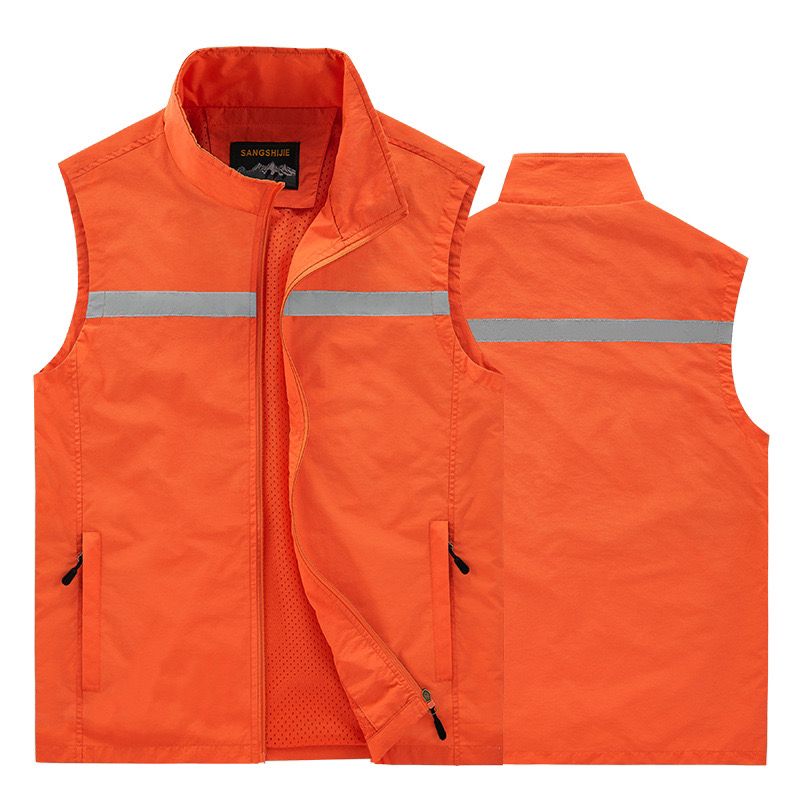
Features: This material has high wear resistance and tear resistance and is often used in high-intensity working environments where protection is required. It is stronger than ordinary polyester.
Application: Suitable for heavy industrial environments, such as mines, construction, and other workplaces requiring durable equipment.
Advantages: wear-resistant, tear-resistant, strong.
Disadvantages: Air permeability is relatively poor; it may be slightly heavier.
Different fabric selection basis:
Working environment: If working in a hot environment, mesh cloth is a good choice; in cold or harsh environments, polyester or nylon may be more suitable.
Safety requirements: For work that requires fire prevention, flame-retardant fabrics must be selected, while for general outdoor construction, polyester fibers are more suitable because of their durability and UV resistance properties.
Comfort: If you wear reflective vests for a long time, comfort is very important. Cotton blend fabrics perform better in this regard but need to weigh their durability.
Functional contrast of fabrics
| Fabric Type | Durability | Breathability | Comfort | Water Resistance | Price | Application Scenarios |
| Polyester | High | Medium | Medium | High | Low | Outdoor construction, road work |
| Mesh | Medium | High | High | Low | Low | Hot outdoor environments, long working hours |
| Cotton Blend | Low | High | High | Low | Medium | Indoor work or light outdoor work |
| Flame-Resistant Fabric | High | Medium | Medium | Medium | High | High-temperature, flammable environments |
| High-Strength Nylon | High | Low | Low | High | High | Heavy industrial environments |
Conclusion
Different fabrics have their advantages and disadvantages, and the selection should be considered according to the working environment, safety needs, and personal comfort. If you have any doubts about how to choose the best fabric for a hi-vis safety vests, contact us freely to get more information and suggestions.
